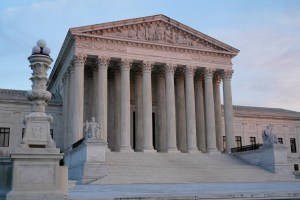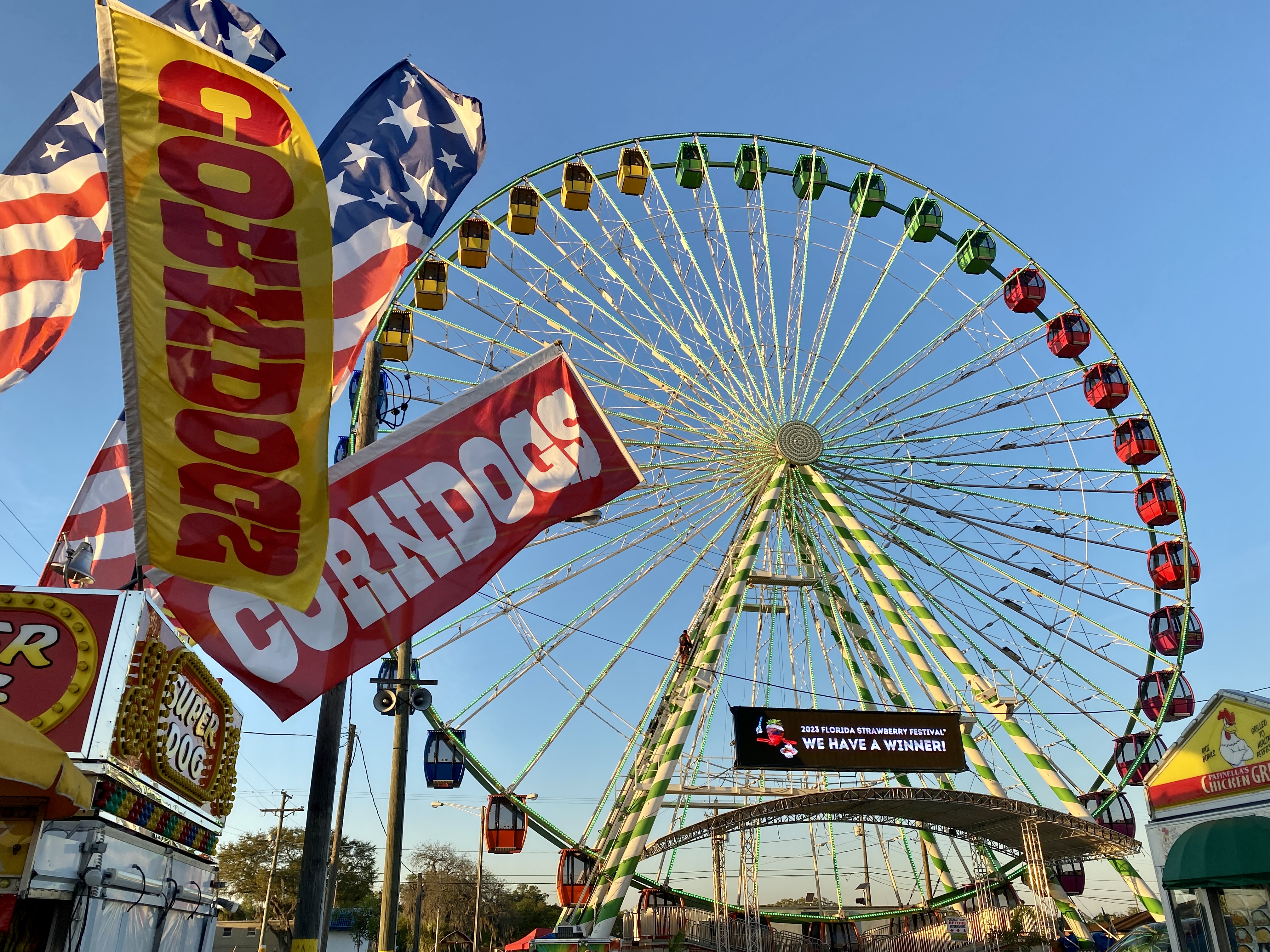TAMPA, Fl. (WFLA) — Seagrass grows in the shallower waters along our coastline and is vital to our ecosystem. It provides a home for shrimp and crustaceans along with protection for juvenile fish to grow up. Seagrass is also the main food group for manatees.
The Southwest Florida Water Management District conducts one of the most comprehensive seagrass mapping programs in the world to keep track of changing seagrass beds.
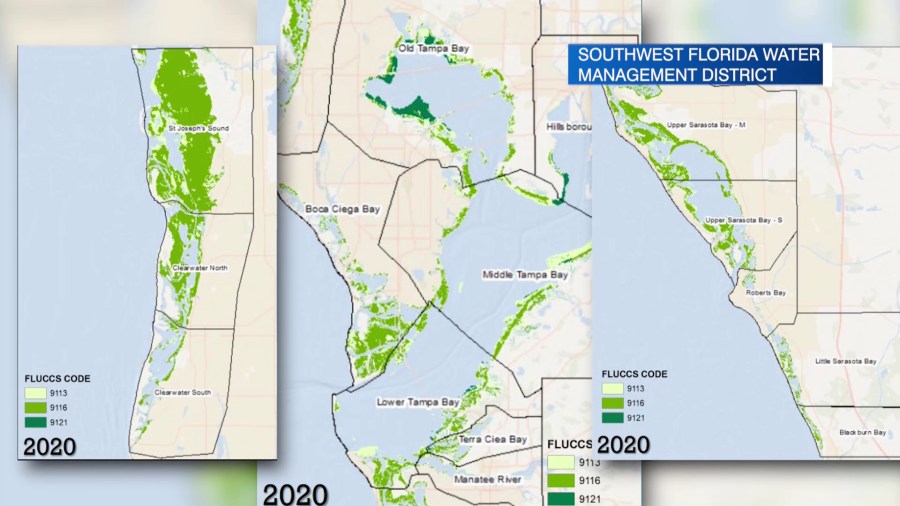
Over 500,000 acres of seagrass are mapped along the coastline of 11 counties from Levy County up north down through the Charlotte Harbor. It starts will aerial photography to get an initial baseline. The team verifies the maps created from the sky with in person trips.
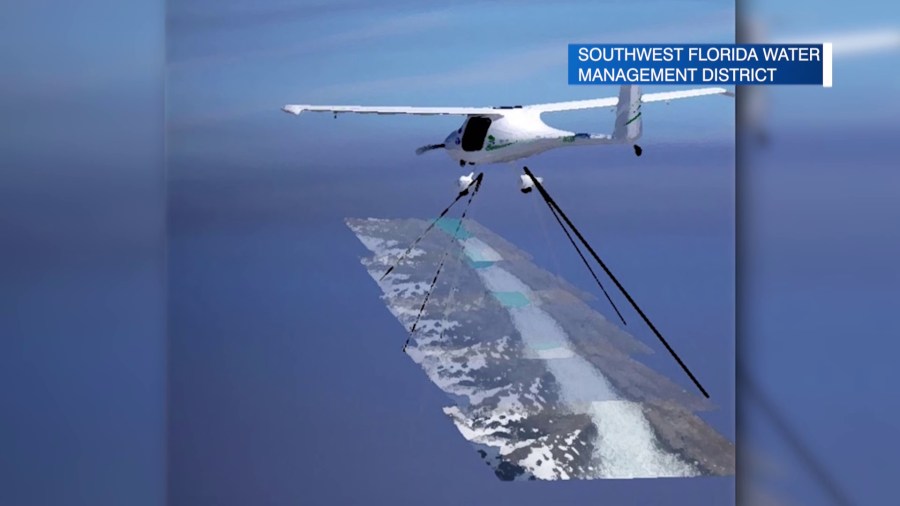
Recently, new technology is helping streamline this process. An underwater drone allows the district to map the grass underwater without getting in and provides more consistent data for each site. It also allows them to get visual data of the seagrass beds in deeper and darker waters where is it harder to see.
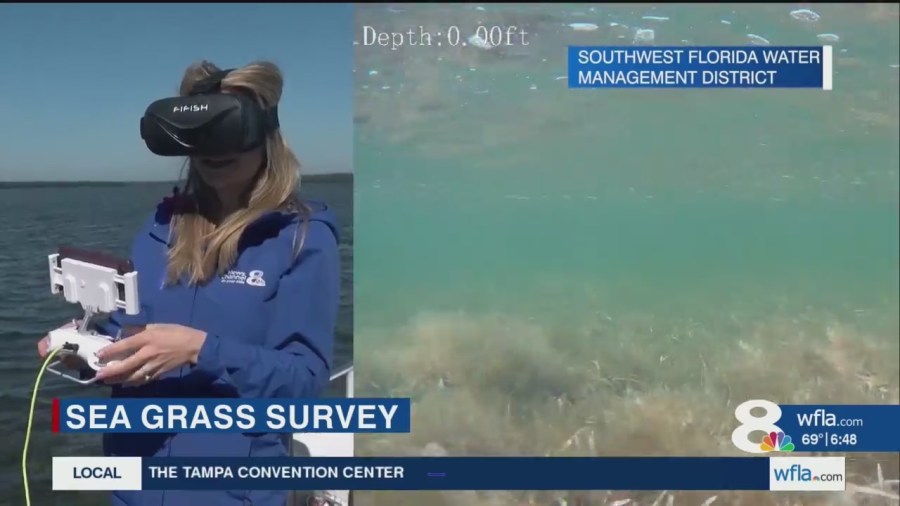
Dr. Chris Anastasiou is the Chief Water Quality Scientist with SWFWMD, and says tracking the seagrass is a great way to take the pulse of the ecosystem. He compares the seagrass to a canary in the coal mine with the grass being the canary in the estuary because it is sensitive to changes in water quality.
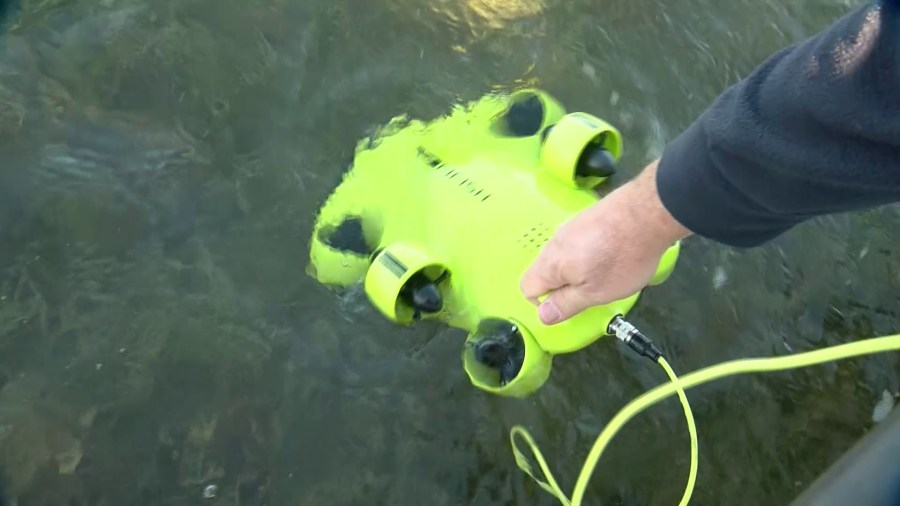
“If we start to see negative trends, disappearing sea grass for example, that’s an indication that something’s going on [in the ecosystem,]” he said.
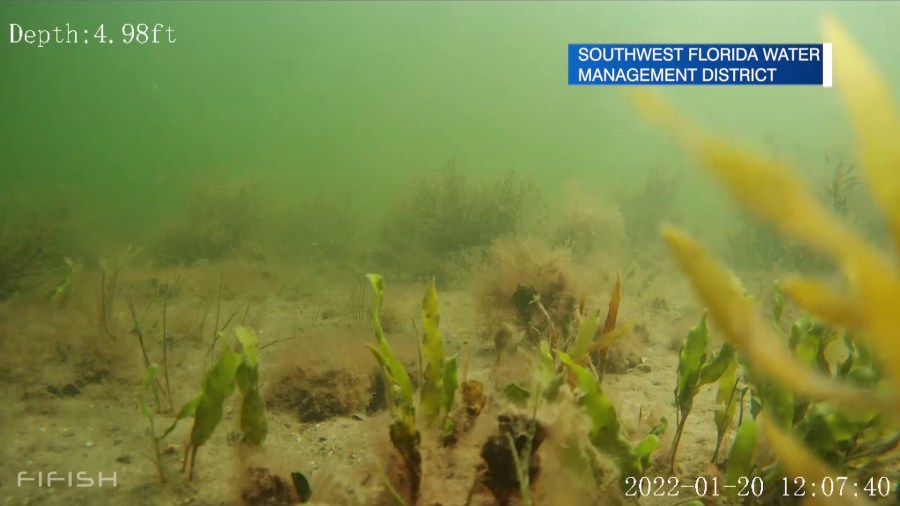
“We track how the grass is looking and how it’s filling in. We also look at how sparse or patchy it is,” said Tara Harter, another scientist with the district.
The results of the surveys are compared with previous years to determine how the seagrass beds are changing. Their most recent survey for the coastline off of Levy, Citrus, Hernando and Pasco County showed the seagrass is healthy and thriving with growth detected.
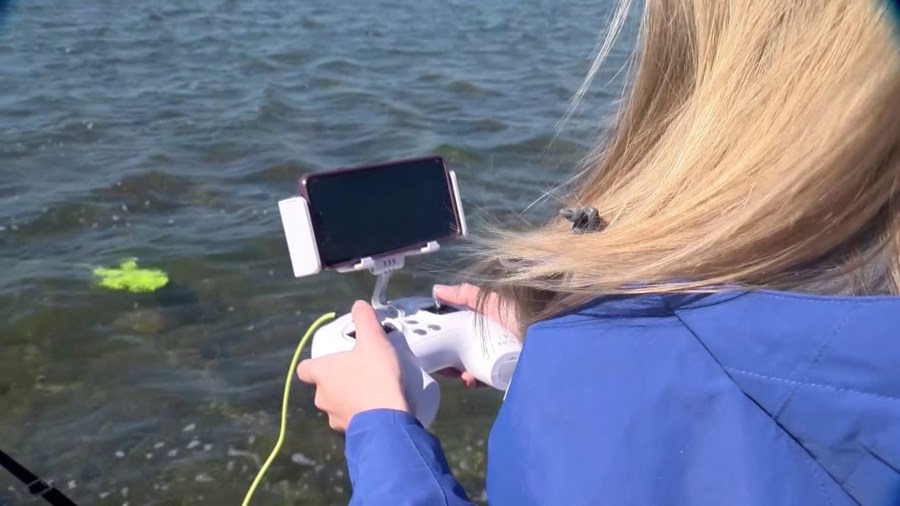
The next survey will examine Tampa Bay down through Charlotte Harbor. Most of the areas have shown a decline in seagrass acreage since 2016. The results of this year’s survey will see how the grass faired with the most recent red tide.
The survey is expected to be complete and published later this year.





